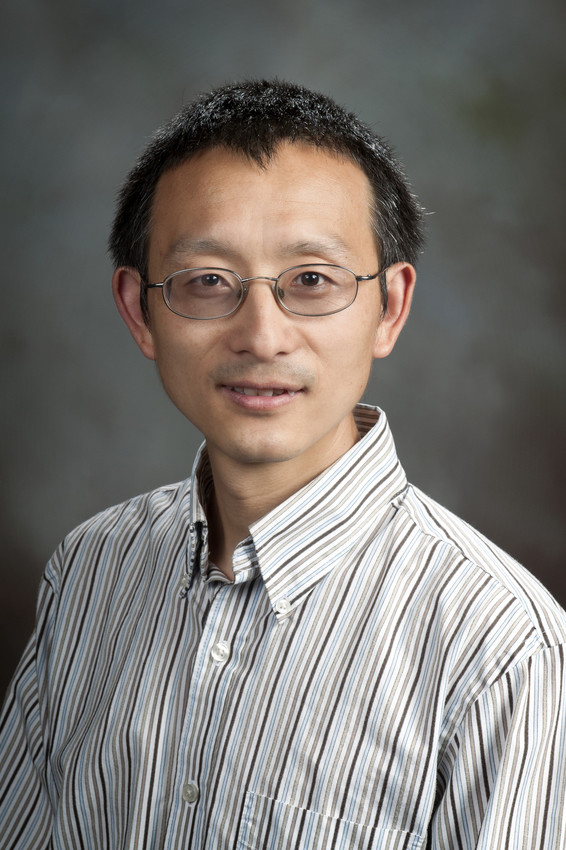Physics model helps biologist explain histone memory

Jianhua Xing, a Virginia Tech associate professor of biological sciences, in a paper published Jan. 30 online in Physical Review Letter, uses statistical physics to explain histone memory.
His work with histones involves epigenetics, the study of heritable changes in gene activity not caused by changes in the DNA sequence, and how cells remember patterns. Epigenetic memory involves chemical decoration on the genome by special molecules. When cells divide, they can remember the patterns of these decorations and largely take those patterns with them.
Although it remains elusive how cells can remember the modification patterns on histones after division, the inheritance of epigenetic impact could help explain, among other things, why environmental factors like stress and diet can change the health not only of those who are exposed to them, but also the health of their descendants.
Histones, along with DNA form structures called nucleosomes, which are the building blocks of chromosomes. Chemical marks are left on histones by enzymes which make genes more or less active.
A class of model widely used in physics, chemistry, and biology, the Potts Model is used to explain phenomena such as how water transforms between liquid and ice, why oil and water don’t normally mix, and how a protein is folded. Xing has used this type of model in the past to explain, in a 2012 Physical Review Letter paper, how a bacterial flagellar motor, a nanometer scale protein machine, swims and switches its rotation direction.
Using this same class of model to map the histone problem he has shown the challenge a cell is constantly facing is analogous to restoring a picture with missing parts. The molecular properties of the involved species have been evolutionarily selected to allow them to "reason" what the missing parts are based on the incomplete pattern inherited from the mother cell.
The work of Xing’s lab, is an excellent example of the interdisciplinary nature of modern science, in particular, how, how the tools and models from physics can help clarify problems in the biology.
“Physicists tend to idealize a system to single out the most essential ingredients for explanation without bothering with unnecessary details,” said Xing. “The beauty is, even for complex biological systems, one quite often can still find simple physical explanations for a seemingly puzzling observation.”
Xing’s team includes graduate student Hang Zhang of Hebei, China, a doctoral student; Xiao-jun Tian of Xi’an, China, a post-doctoral researcher; Abhishek Mukhopadhyay of Calcutta, India, a doctoral student; and physicist K.S. Kim, a long-time collaborator of Xing’s at the University of California's Lawrence Livermore National Laboratory.




